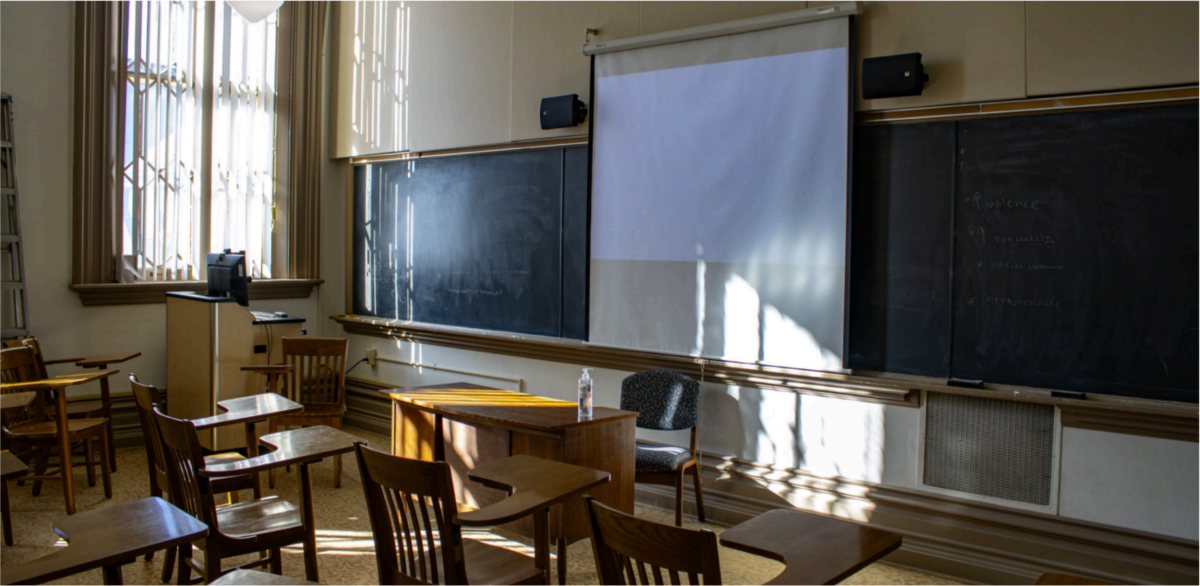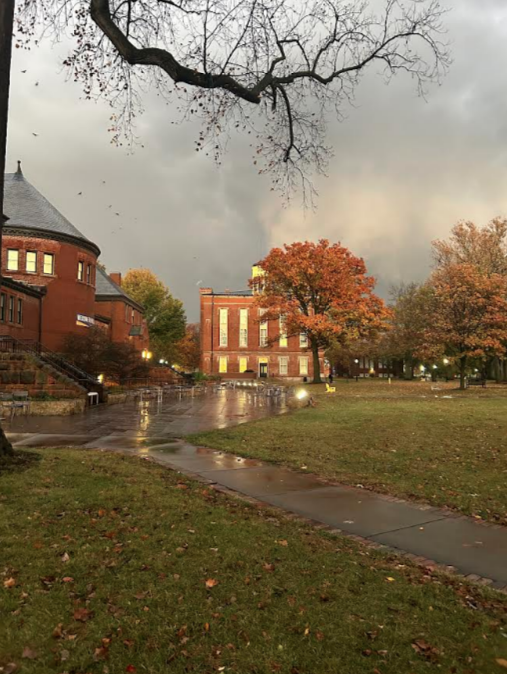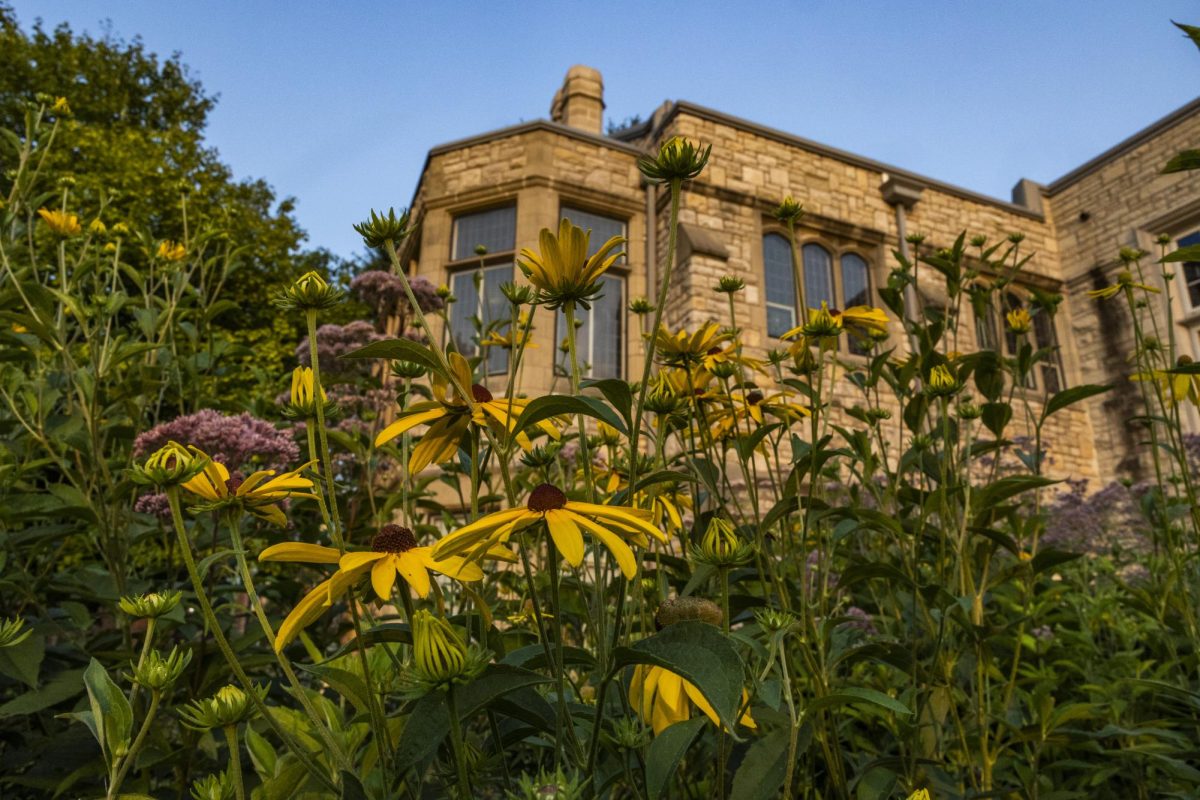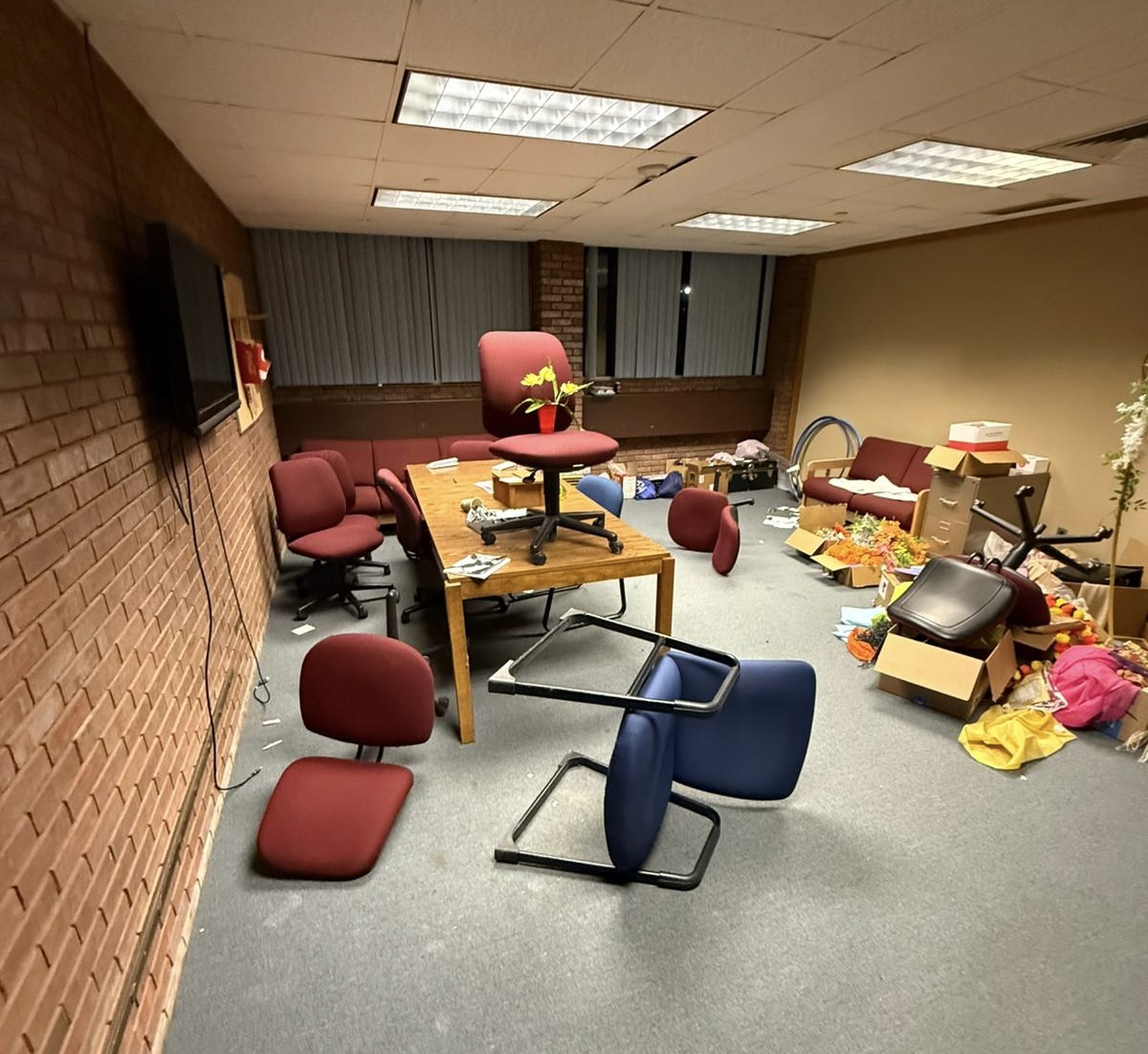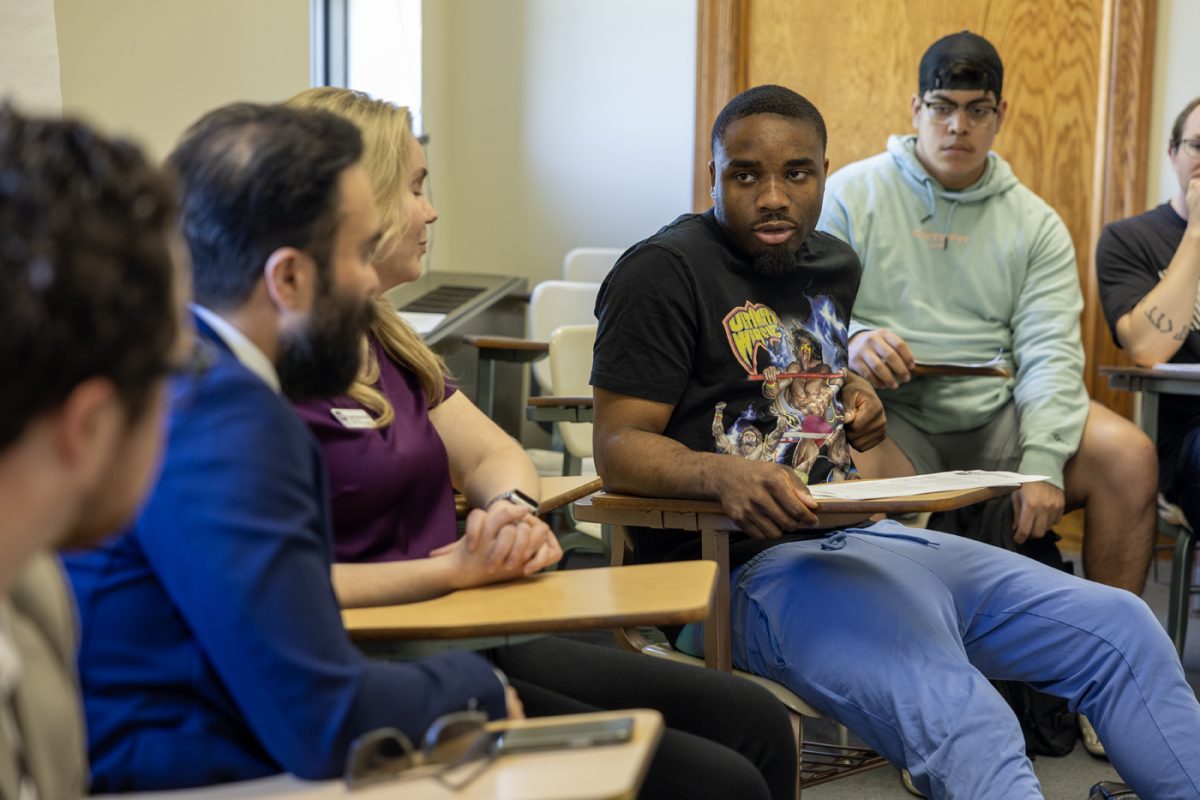Photo by Addison Steinbach
Knox College had 1430 students in the fall of 2012. Five years later, in 2017, fall enrollment was 1356. Another five years later, in fall of 22, fall enrollment was 1053. This is a drop of almost 400 students over the past ten years, most of it occurring in the past five.
But this phenomenon isn’t unique to Knox. According to The National Student Clearinghouse Research Center freshmen enrollment started dropping in 2018, getting progressively lower, until it hit its lowest in 2020 – likely pandemic related. Even now, the numbers have not recovered to pre-pandemic levels, let alone those of pre-2018.
The pandemic is clearly a factor here, but there’s something else going on – more likely, multiple somethings: retention troubles, re-evaluation of post high school priorities, and the fast approaching demographic cliff are all playing a role in declining enrollment at Knox and around the nation.
Knox enrollment over the past 10 years:
*The registrar expects between 240 and 280 students to graduate in the spring
First year enrollment from 2016 to 2019 held steady around 340 to 350 students a year. Vice President for Student Development and Interim Dean of Admission Dr. MarQuita Barker says that’s about the goal.
“We would love to be back up to about 1400 students by 2026. In order to do that we need to have our incoming class be about 350 a year,” Dr. Barker said.
This year’s enrollment was a little below that at 339, and Dr. Barker said it was, “actually less” than what the school had been hoping for. She, like the media, found cause in the pandemic, shifting priorities, and the demographic cliff. But 339 is still higher than the 3 years before.
The pandemic seems the obvious answer to this enrollment problem. Knox’s first year class shrank from the average of 345 in fall of 2019, to 318 in fall of 2020, then to 274 in fall of 2021. The current sophomore class is Knox’s smallest class in the last decade.
This tracks with national trends. According to that same National Student Clearinghouse Research Center study, class sizes across the nation dropped even more in 2021 than they did in 2020. Overall, class sizes dropped 9.4% during the pandemic.
The causes for this drop are clear. Students didn’t want to attend or invest in online classes, so they took gap years. International student applications were also down, due to international travel being banned. Families had less money to spare for expensive institutions.
The pandemic also caused many people to shift their priorities. More people are starting to question if going to college is the best way into adulthood. Enrollment in two-year college and skilled trade programs like mechanics, culinary, and precision and production is increasing.
“I think we are, in a different way, trying to justify why you should come to a college like Knox. Now, not everybody is requiring or encouraging their child to go to college, there are other types of post-high school paths that families are discussing,” Dr. Barker said.
A shrinking first year class is not the only problem. Some experts say that the issue may be more about retention. In many parts of the country, first-time first year enrollment increased recently, but there has been an uptick in college departures. The most selective “elite” schools are awash in applicants, implying that people aren’t questioning the worth of college until they get there. This is particularly being felt by smaller regional and community colleges.
Knox Retention Data for the past 8 Graduating Classes
Apart from the class of 2019, the percentage of students lost over the 4 years hovered a little under 20%, making retention rates a little over 80%. The pandemic certainly exacerbated this problem, as can be seen by the higher percent loss numbers for the classes of ‘22 and ‘23.
“I certainly know that our retention isn’t where we would like it to be,” said Dr. Barker. “We’d love to be 10 points higher in retention.”
The first year-to-sophomore transition is pivotal for retention, and because of the pandemic many students decided not to return to college, or were unprepared due to pandemic related learning-loss. Yet, that is not all that’s happening.
Dr. Barker wonders if the decline in mental health across the college age generation might be part of the problem.
“We see a lot of anxiety and depression, and so a student might decide to take some time off before committing to staying here,” Dr. Barker said.
This, she said, is part of why improving counseling services was such a priority for her when she arrived on campus. There was a complete overhaul, and Counseling Services is now fully staffed. Dr. Barker wants to make sure that, “if a student wants to stay here, they have the support to be able to do that.”
Even though the daily impacts of the pandemic have decreased, and the college is taking steps to increase retention, the enrollment problem is only going to get worse.
The nation is approaching a demographic cliff. In 2008, during the recession, people started having less children at a significant rate because of financial uncertainty. That means that as we come up on 2026, 18 years later, there will be fewer college age students. CEO of the National Association for College Admission Counseling told Politico that the nation is already feeling the first edge of this demographic cliff.
The demographic cliff is expected to last for at least a decade, and only the most elite institutions won’t face a decline. But for the rest, at least one in four will face a decline of 10% to their overall enrollment according to a Higher Ed Pulse Report. Institutions are aware of this and are already preparing. The impact of this is already a financial nightmare for colleges, especially small ones like Knox.
“You might see larger classes at some institutions. We’re trying to overcompensate for the students we won’t have in 2025,” Dr. Barker said. “If our incoming class is 20 students fewer, that is a significant hit to us. That’s money we’re not getting for a lot of things, for facility updates, for scholarships.”
Fewer students doesn’t only mean less money for Knox as an institution, it also means fewer funds for student activities.
“Much of the money that’s dispersed between student orgs comes from the student activity fee, and the student activity fee alone,” Dean of Campus Life Jacob Mclean said.
This means fewer events, fewer campus trips, and less money to go around to student organizations.
There are also less students to go around for student organizations. According to Dean McLean, the campus has as many clubs as ever – with more popping up all the time – but there are less students to fill the positions, leading to many students over committing and being overworked.
As Dr. Barker said, Knox needs to increase enrollment before the demographic cliff worsens the problem even more.
The Administration is focused on making Knox more affordable for qualified students. They will be introducing two new financial aid programs: The Prairie Promise, where for eligible Illinois residents Knox matches 100% of the students financial aid based on their FAFSA, and The Prairie Fire Flagship Match Program, where Knox will match the tuition of the flagship institution for students from 39 states. Knox is also focusing on recruiting from different parts of the country, according to Dr. Barker.
“We want to make sure we’re reaching different types of students that we might not have thought of, while making sure those students can be successful,” Dr. Barker said.
Dr. Barker is hopeful that these efforts will succeed, and increase Knox enrollment back to 1400 by 2026. She did have some concerns about how the recent ransomware attack may impact enrollment for the coming fall, as it hit right as Knox was sending out financial aid packages and slowed the process down. But she believes Knox has solid plans in place to manage the next few years.
“We are dedicated and have a good team of people who are looking at ways that we can think about enrollment and retention differently and creatively,” Dr. Barker said .
Only time will tell how much these efforts will help Knox and other colleges around the country weather the next decade.
Winner 1st Place In Depth Reporting Illinois College Press Association 2024

